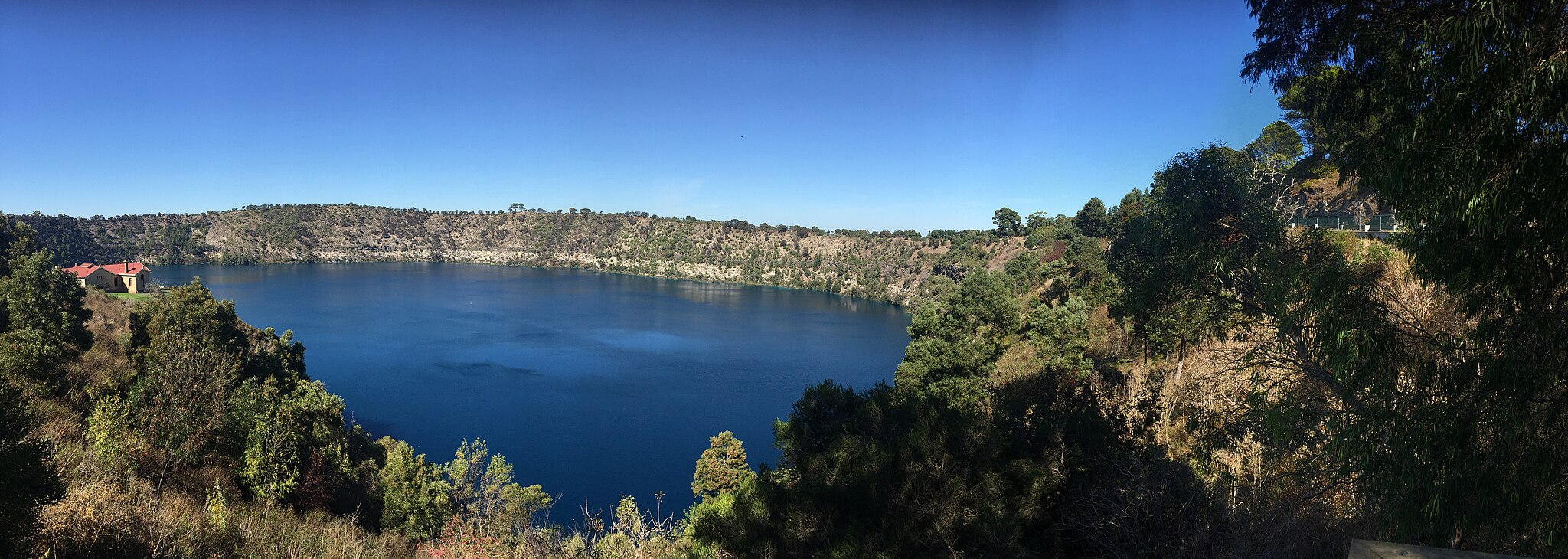
Father Julian Tenison Woods experienced financial insecurity at first-hand. To supplement his meagre income he submitted articles, letters and essays to Australian newspapers. His topics were based on his travels and observations.
The Wonders of Nature in Australia is a series of 10 such letters published in the Saturday editions of Sydney Mail and the New South Wales Advertiser during 1879. As a skilled raconteur and journalist, Fr Julian wrote with the intention of providing his dear readers with accurate descriptions supported by instructive and interesting explanations.
I have chosen to base this article on the tenth of Fr Julian’s letters, one published Saturday 23 August 1879. Firstly, the letter takes the reader on a journey with Fr Julian underground in the Band of Hope gold mine at Ballarat. In the second portion of the letter, Fr Julian acts as a ‘tour guide’ at the Blue Lake Crater in Mount Gambier. These accounts are written in a style typical of his more popular forms of writing. He weaves together his scientific observations and his personal impressions. He writes as one who is accustomed to looking and looking again.
Fr Julian tells the story of the present landscape as well as those which have been replaced over geological time. He reads and listens to these stories. He wrote:
He tells the story of the Blue Lake Crater in a way that blurs the poetic and pragmatic. The following has been ‘lifted’ from Fr Julian’s letter.
The Blue Lake Crater
Rough rocks stand out in perpendicular escarpments,
Huge craggy rocks.
The deep blue, or rather inky colour, of water,
The blackend precipices,
Thick and tangled nature [and] and air of savage loneliness.
The colour of the water disappears;
It now has a beautiful crystal clearness
unsurpassed by the purest spring that ever flowed from a rock.
Water becomes a delicate azure,
The surface is calm and still
disturbed only by the most gentle rippling which wreathes the pretty water plant into graceful form,
Here and there the surface of snowy white rock
The lakes are so quiet,
So still,
[save] the splashing of solitary waterfowl.
[I] imagine nature to be at rest,
Tried with sending forth those volcanic fires which poured forth ages ago.
Bank[s] clothed with verdure,
And flowers blossom where the fires glowed.
The underground thunders are no longer heard;
The wind moaning softly through the shrubs,
or the gentle plashing of the calm and glassy lake,
the only echo that is heard from shore to shore.
Sr Mary-Ann Casanova PhD
References:
Tenison-Woods, J. E. 1879. “The Wonders of Nature in Australia X.” Sydney Mail and New South Wales Advertiser, August 23, 1879, Saturday edition. Trove.
